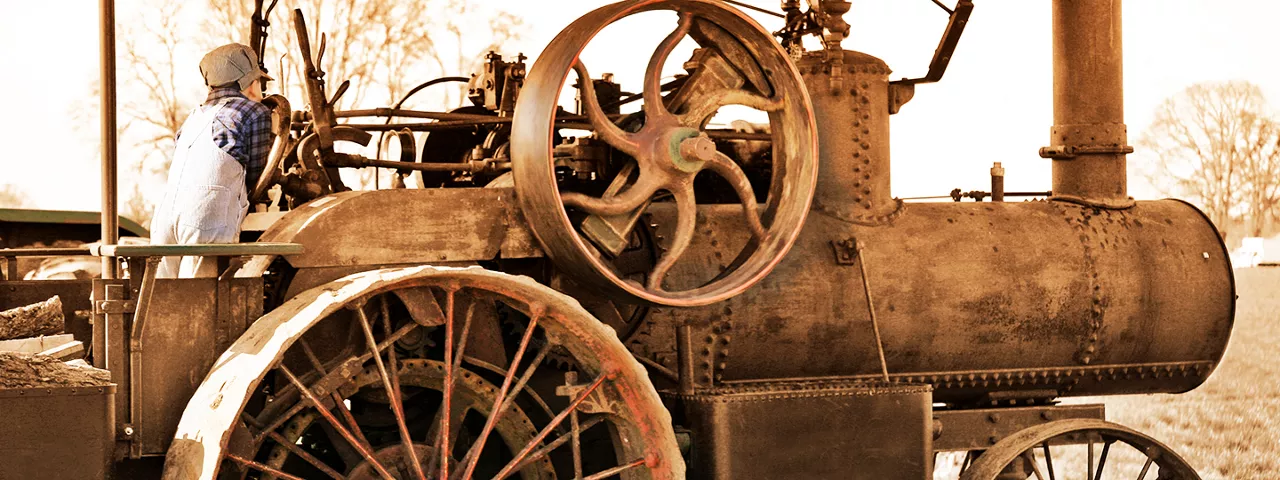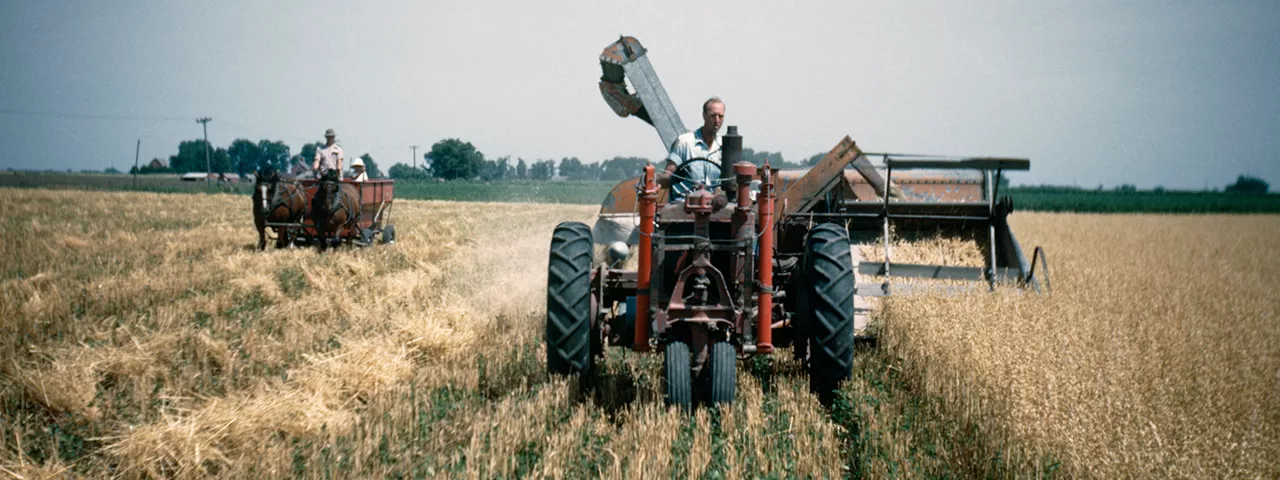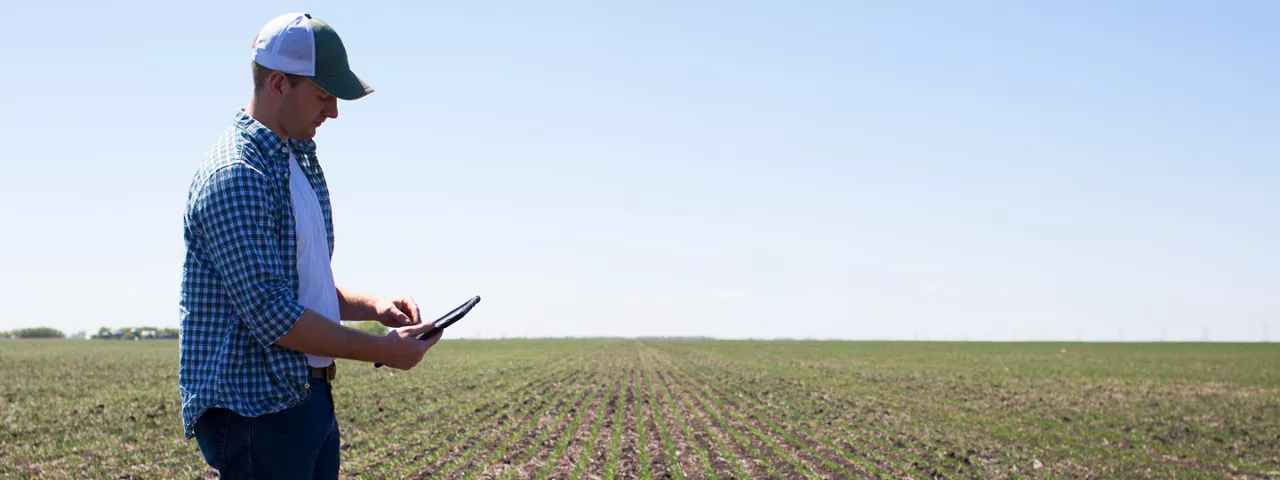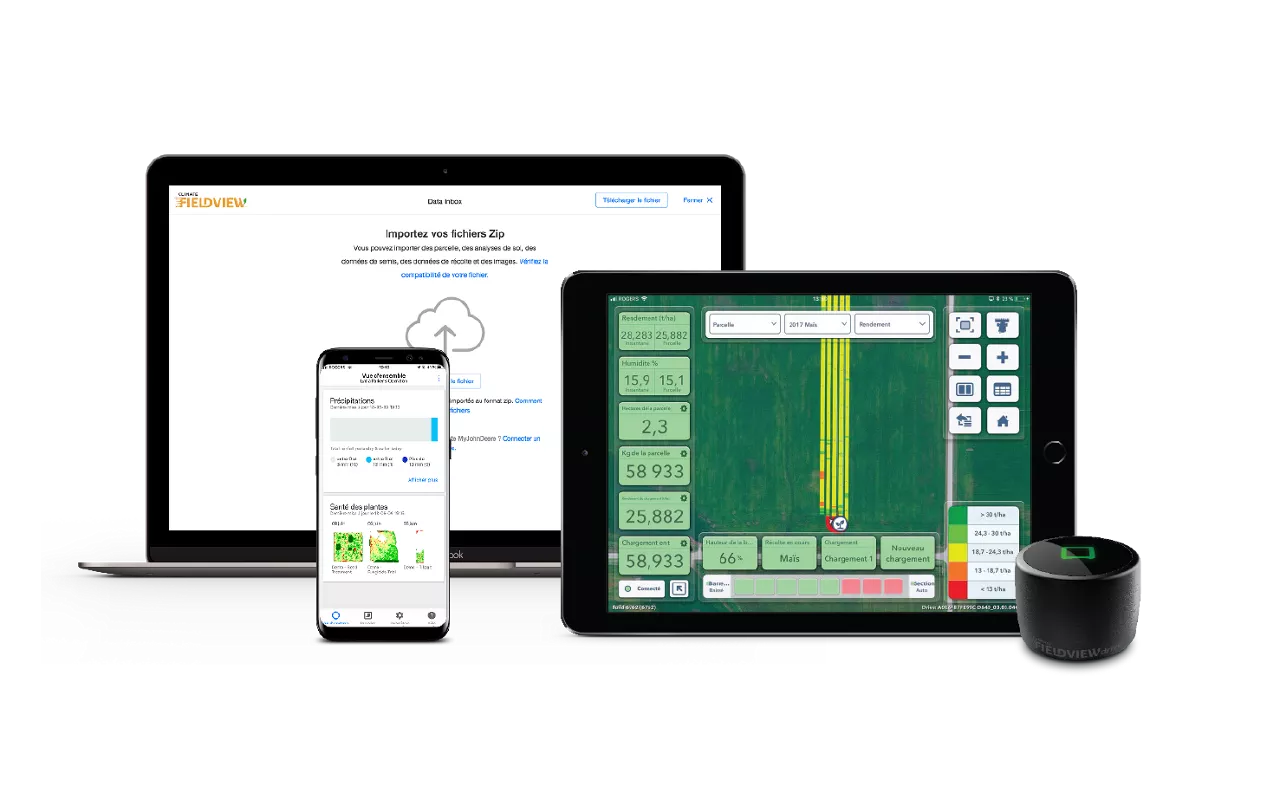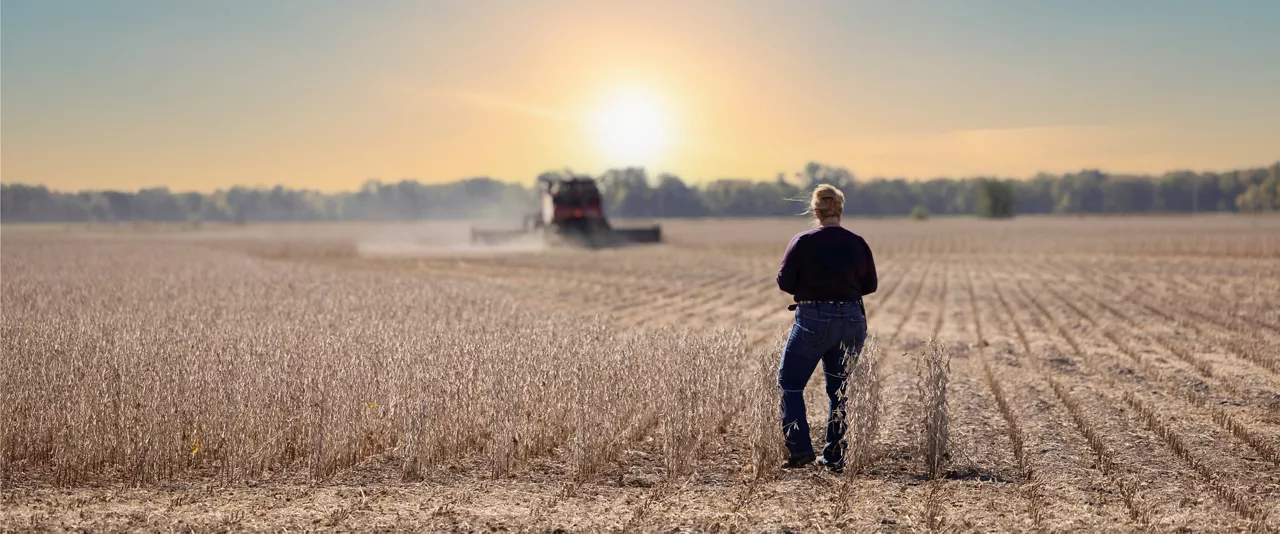40 years ago — In the 1970s, no-tillage agriculture began to gain popularity as an alternative to conventional tillage. Since the 1930s, a period of just 40 years, a farmer’s average output had more than quintupled. It only took about 3-3/4 labor-hours to produce 100 bushels (3 acres) of wheat and 3-1/3 labor-hours to produce 100 bushels (1-1/8 acres) of corn. Most farms accomplished this using a gas-powered tractor, 5-bottom plow, 20-foot tandem disk, planter, 20-foot herbicide applicator, 12- to 22-foot self-propelled combine, and one or several pickup trucks.
20 years ago — The efficiency of farming continued through the 1980s, but by the mid-1990s, farming was forever changed again with the introduction of weed- and insect-resistant biotech crops. At the same time, massive developments were occurring rapidly in information technology, and precision agriculture techniques — like variable-rate seeding and spraying — began to gain momentum.
10 years ago — The new millennium set in motion an age of technology and few moments defined the era more than the introduction of the smartphone. For the first time, mobile devices allowed farmers to access information on the go and communicate more freely with fellow farmers, retailers and agronomists. Knowledge that was once passed on through generations of farmers could suddenly be freely exchanged online and accessed from the field. Despite the ease of information transmission, the average farm continued to maintain paper farm data records. Often kept in filing cabinets, these records would regularly require hours of interpretation in order to be useful for the daily operations of the farm.

